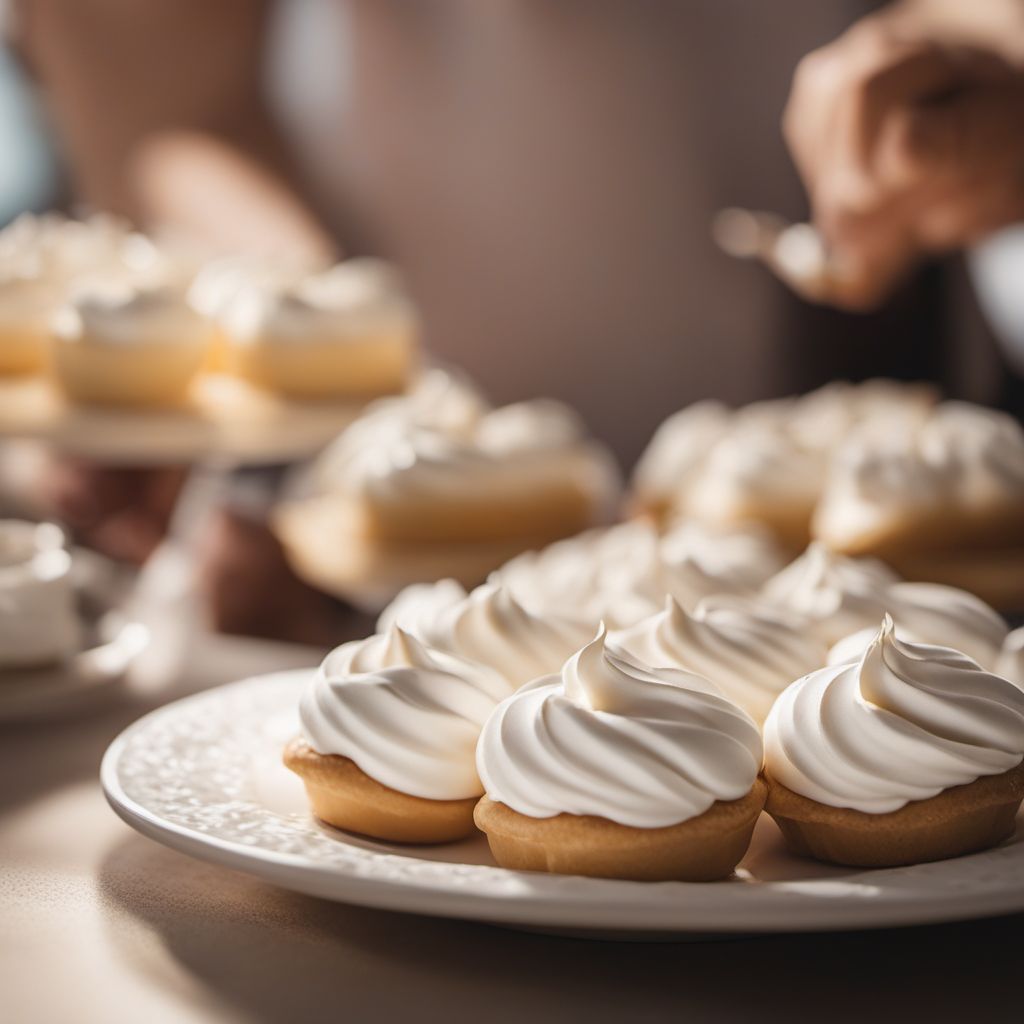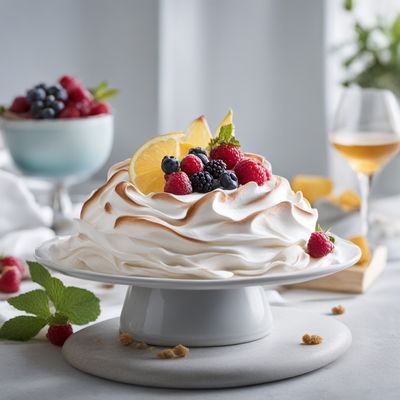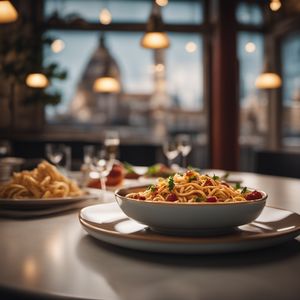
Dish
French meringue
French meringue is made by whisking egg whites until they form stiff peaks, then gradually adding sugar and continuing to whisk until the mixture is glossy and smooth. The mixture is then piped or spooned onto a baking sheet and baked in a low-temperature oven until it is crisp and dry. French meringue can be served on its own or used as a base for other desserts, such as pavlova or Eton mess.
Origins and history
French meringue is believed to have originated in the 17th century in the Swiss town of Meiringen. It was later popularized in France by the famous chef Marie-Antoine Carême.
Dietary considerations
Suitable for: ['Vegetarian', 'Gluten-free', 'Dairy-free'].
Variations
There are many variations of French meringue, including adding flavorings such as vanilla or lemon zest. Some recipes also call for the addition of cream of tartar or vinegar to stabilize the egg whites.
Presentation and garnishing
To make French meringue, it is important to use clean, dry equipment and to whisk the egg whites until they are stiff and glossy. It is also important to bake the meringue at a low temperature to ensure that it is crisp and dry. French meringue can be presented on a platter or in a decorative box. It can also be piped into shapes, such as kisses or nests, and used to decorate other desserts.
Tips & Tricks
French meringue can be tricky to make, so it's important to follow the recipe closely. Make sure to use room temperature egg whites and avoid getting any yolk in the mixture. Adding sugar gradually and whisking until the mixture is glossy and smooth will help ensure a successful meringue.
Side-dishes
French meringue can be served with fresh fruit, such as strawberries or raspberries. It can also be used as a base for other desserts, such as pavlova or Eton mess.
Drink pairings
French meringue pairs well with light and sweet drinks such as champagne, sparkling wine, or fruit juice.
Delicious French meringue recipes
More dishes from this category... Browse all »

Aamras
Indian cuisine

Aasmi
Indian cuisine

Agra petha
Indian cuisine

Aiyùbīng
Taiwanese cuisine

Ajdnek
Slovenian cuisine

Akafuku
Japanese cuisine

Akanés
Greek cuisine

Akumaki
Japanese cuisine






